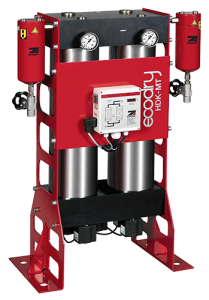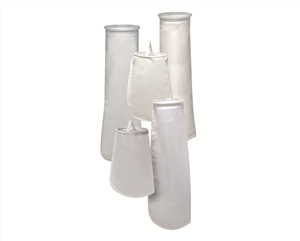 Two common types of compressed air dryers are refrigerated and desiccant. It is important to learn from a reputable compressor air filter supplier in Richmond how each drying technology works to learn which is best for your application.
Two common types of compressed air dryers are refrigerated and desiccant. It is important to learn from a reputable compressor air filter supplier in Richmond how each drying technology works to learn which is best for your application.
Refrigerated dryers
Refrigerated dryers work by cooling the air to low temperatures and condensing much of the water vapor. It is not possible to achieve dew points below freezing with a refrigerated dryer. Refrigerated dryers that are optimally designed can produce air with dew points to approximately 36°F (2°C). Since some water vapor is left in the air, these dryers should not be used in applications that are water sensitive.
Desiccant dryers
On the other hand, desiccant dryers operate by passing the compressed air over a bed of desiccant material which absorbs water vapor molecules. When the bed capacity is nearly saturated, the air flow switches to a second bed of desiccant material. The first bed is then regenerated. Desiccant air dryers can deliver air at consistently low dew points. This technology is an excellent choice when the compressed air is subject to freezing conditions. While heated desiccant dryers use heat to remove water vapor from the desiccant material not in use at that point in the cycle, heatless dryers use the dry air to remove water vapor from the desiccant material.







 Greenleaf Filtration offers a wide array of liquid bag filters for the unique needs of your facility. With a wide range of micron sizes, our inventory of bag filters can support many industries, such as chemical, food, and paper. Keep reading for some information on three popular types of liquid filter bags from our
Greenleaf Filtration offers a wide array of liquid bag filters for the unique needs of your facility. With a wide range of micron sizes, our inventory of bag filters can support many industries, such as chemical, food, and paper. Keep reading for some information on three popular types of liquid filter bags from our 


